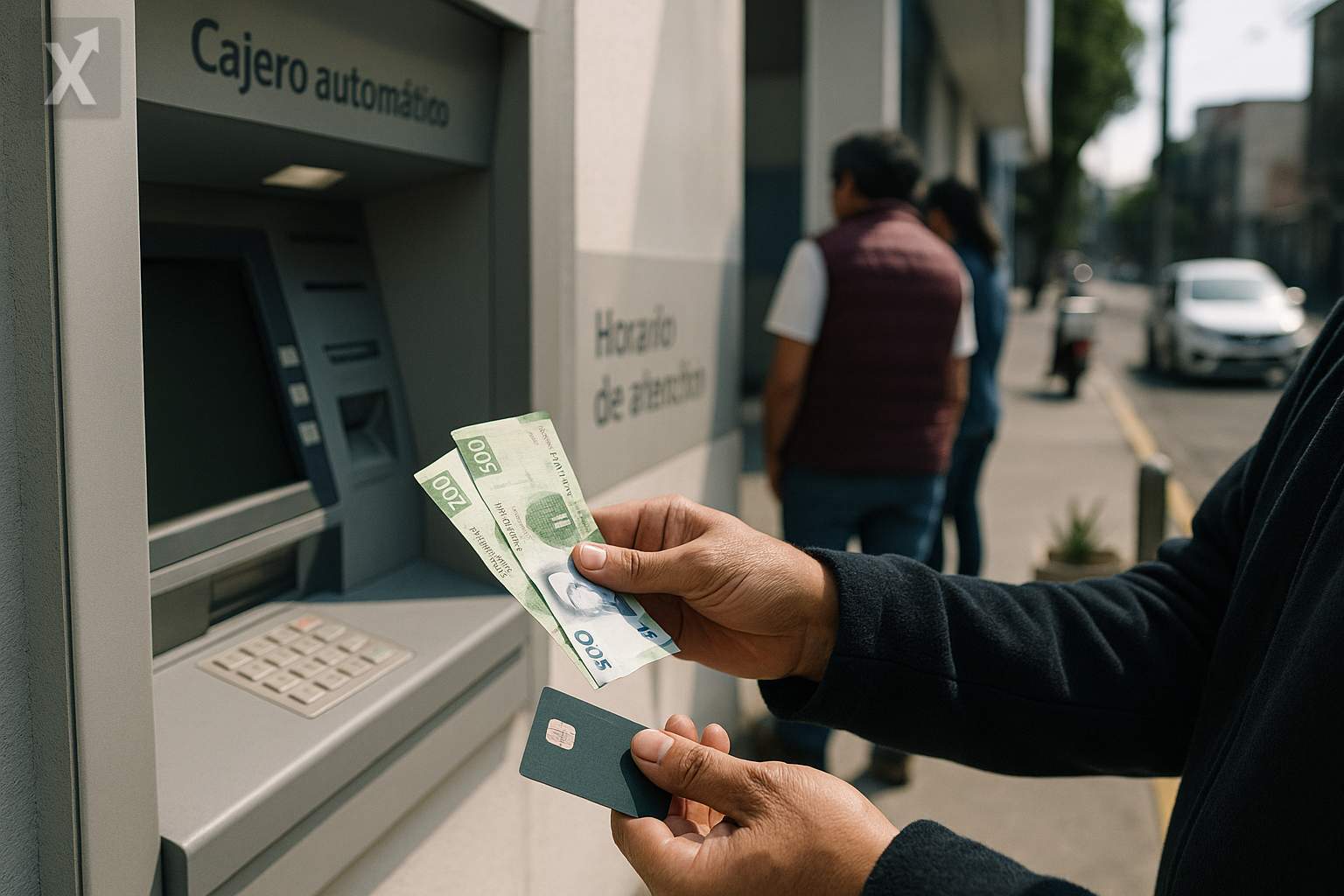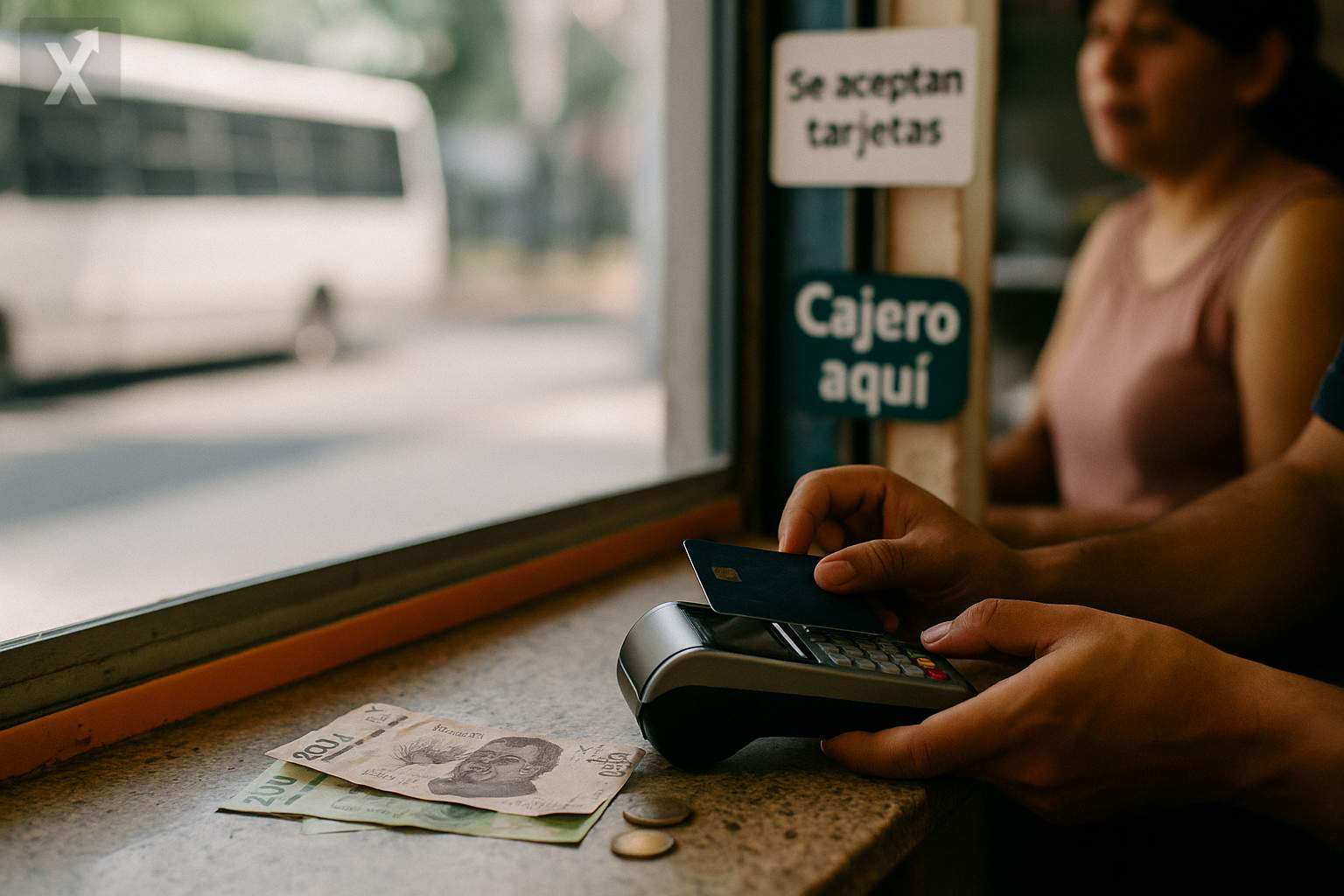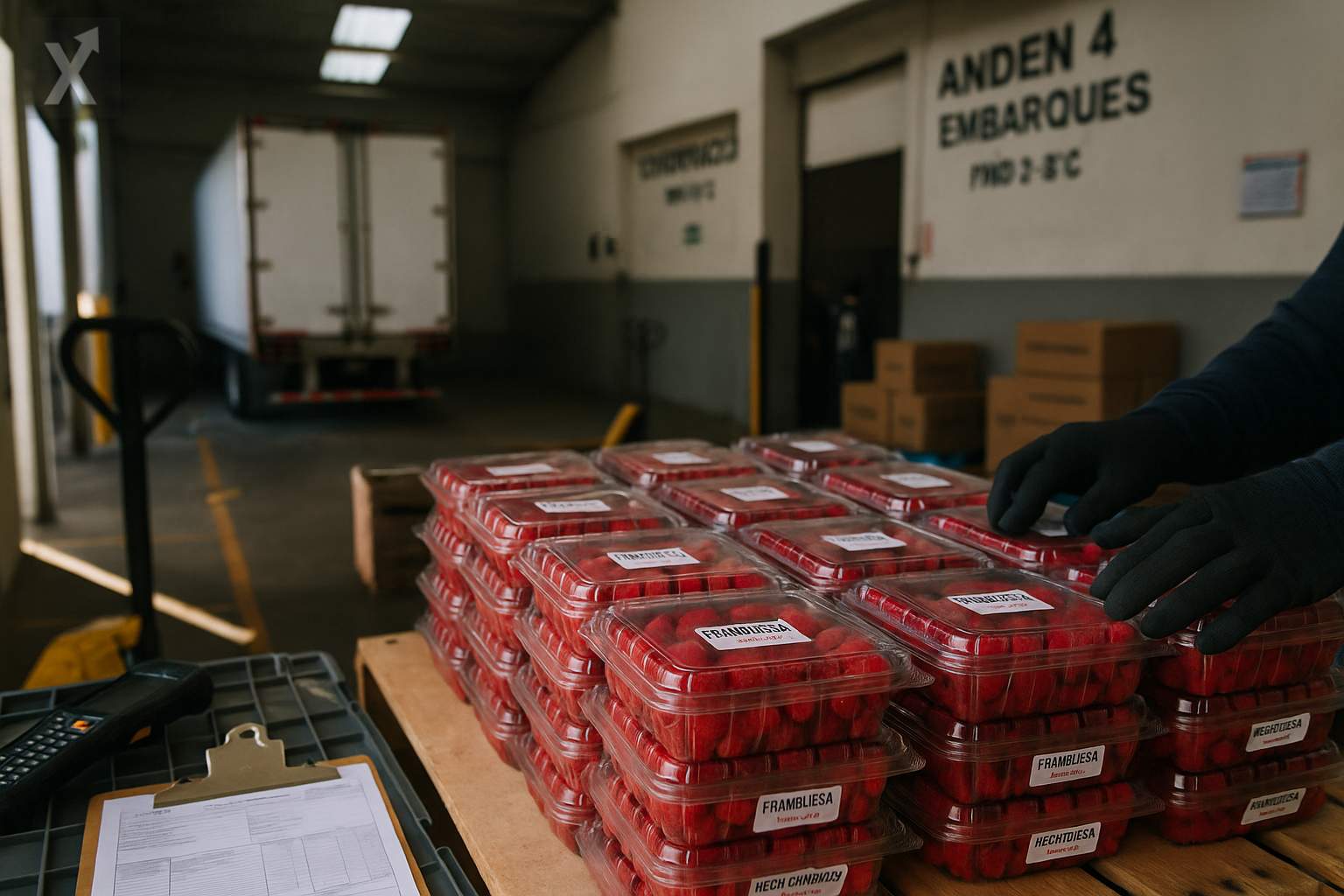Citi Chooses Partial Sale and IPO for Banamex; Grupo México Accepts Setback as Market Weighs Implications

Grupo México expressed regret but said it would respect Citigroup’s decision to reject its offer to acquire 100% of Banamex, its consumer and commercial banking business in Mexico. The U.S. bank reiterated that its plan to divest involves selling 25% of Banamex to Fernando Chico Pardo and completing the process via an initial public offering, viewing this route as maximizing value for shareholders and ensuring an orderly exit.
The offer led by Germán Larrea had envisioned taking control and later placing a significant stake with private investors and local pension funds. The announcement was met cautiously by the market: Grupo México’s shares came under pressure, dragging down the stock index, reflecting doubts about capital costs, the integration of a consumer bank into an industrial conglomerate, and the potential impact on the group’s financial structure.
For Citi, spinning off Banamex is in line with its global strategy of focusing on corporate and investment banking, while maintaining its institutional operations in Mexico. The combination of a local anchor—through Chico Pardo’s 25% stake—and an IPO aims to give the bank independent corporate governance and public market liquidity. Execution will require careful operational and regulatory coordination to ensure the transition does not negatively affect clients, employees, or suppliers.
In terms of the financial system, a publicly listed Banamex could deepen the local capital markets by increasing the available float and creating a new benchmark in Mexico’s banking sector. Pension funds (afores) and institutional managers would have a relevant, domestic investment alternative, subject to the necessary authorizations and safeguards. The process must pass competition and regulatory reviews, as well as clarify labor liabilities and contingencies—factors that often influence the valuation of banks with significant historical footprints.
Mexican banking faces an environment of historically high interest rates, resilient margins, and growing competition from digital players. Demand for corporate loans could be sustained by nearshoring and the relocation of supply chains, while on the consumer side, signals are mixed due to slowing disposable income and more expensive financing. In this context, Banamex’s final structure—its risk appetite, digital strategy, and capital policy—will be key to its competitive position against BBVA, Santander, Banorte, HSBC, Scotiabank, and new market entrants.
For the stock market, the eventual Banamex IPO would be one of the most significant listings in Mexico in recent years and a gauge of investor appetite for local assets. A successful debut could open the door to more offerings and greater dynamism in market-based financing; however, execution will depend on clarity around the scope of the assets being spun off, the quality of corporate governance, resolution of ownership issues, and the communication of profitability and dividend targets.
In summary, the rejection of Grupo México’s offer closes off a control route and confirms Citi’s bet on a Banamex with a local anchor and a public market focus. For the Mexican economy, the outcome matters for its effects on competition, credit, and capital market investment. Market attention will now focus on the IPO timeline and conditions, and Banamex’s ability to capitalize on the relocation wave while maintaining prudent credit standards.
Final observation: The decision lays out a more gradual process, with greater market scrutiny and the potential to expand the local investor base. The final result will depend on execution and on a macro environment that, while resilient, demands discipline amid high rates, moderate consumption, and increasingly tough banking competition.






